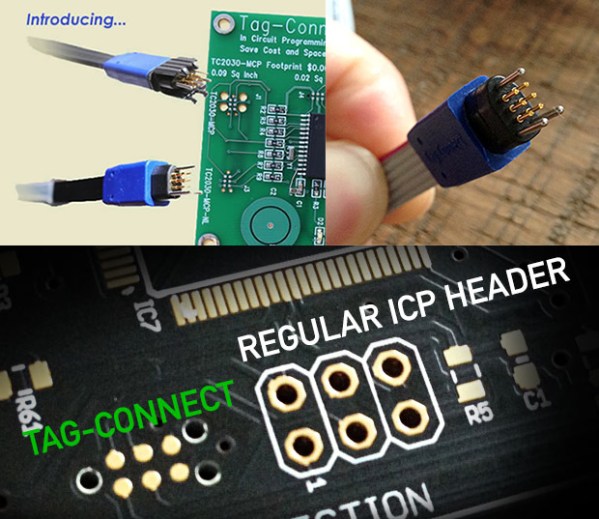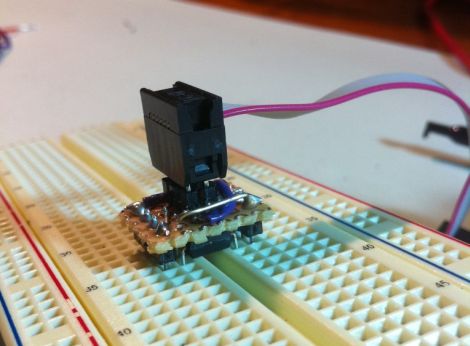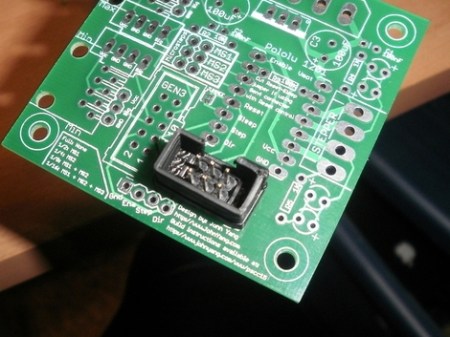Here’s an interesting proof-of-concept that could be useful or hazardous depending on the situation in which you encounter it. [jklmnn] drew inspiration from the work of [Ange Albertini] who has documented a way to hide Javascript within the header of a .gif file. Not only does it carry the complete code but both image and the Javascript are seen as valid.
With just a little bit of work [jklmnn] boiled down the concept to the most basic parts so that it is easy to understand. Next, a quick program was written to automate the embedding of the Javascript. Grab the source code if you want to give it a try yourself.
Let’s get back to how this might be useful rather than harmful. What if you are working on a computer that doesn’t allow the browser to load Javascript. You may be able to embed something useful, kind of like the hack that allowed movies to be played by abusing Microsoft Excel.


















